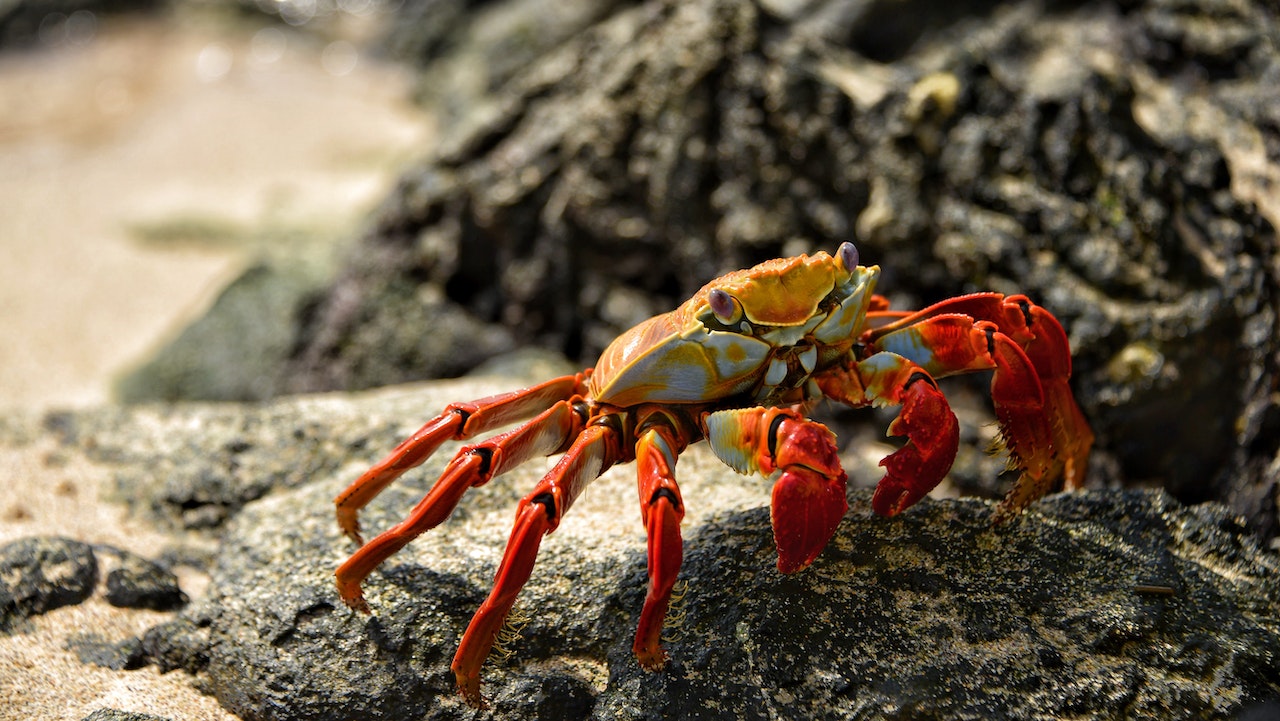Scientists at the University of Maryland have developed a zinc battery with a biodegradable electrolyte from crab shell, which is expected to make solar and wind energy storage batteries more environmentally friendly, Matter magazine reported.
Today, the demand for renewable energy sources is multiplying due to their environmental friendliness. However, the desire for conscious consumption is not always good: often, the batteries used for such technological solutions are not environmentally friendly.
“A large number of batteries are produced and consumed, which increases the likelihood of environmental problems. For example, polypropylene and polycarbonate separators, which are widely used in lithium-ion batteries, take hundreds or thousands of years to decompose and increase the burden on the environment,” says Liang Bing Hu, director of the University of Maryland Materials Innovative Center.
Electrolytes in EV batteries are needed to move ions between the positive and negative terminals. The electrolyte can be a liquid, paste, or gel, and many batteries use flammable or corrosive chemicals for this task.
Scientists from the University of Maryland have created a battery that can store energy from powerful wind and solar sources. Its main feature is the chitosan electrolyte. It looks like a gel, but is made from chitin, which can be obtained from the exoskeletons of crustaceans – crabs.
This electrolyte is biodegradable – bacteria completely destroy it in five months. At the same time, it leaves behind zinc, not lead and lithium, as with conventional batteries, and it can also be recycled.
Moreover, the energy efficiency of this battery is 99.7% after 1000 charge and discharge cycles. That is why the “crab battery” can become a worthy alternative to existing methods of accumulating wind and solar energy.

